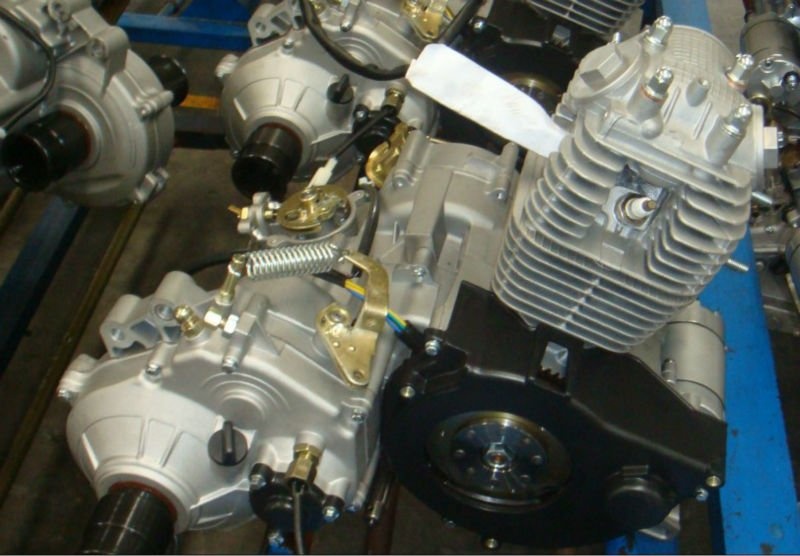Although tough to understand in some people’s eye, ignition timing is easy to adjust and set. In this passage, I’ll go on with ignition timing and cam timing. They are very important for your engine to perform well. If there’s something wrong, the situation will be a disaster. Do you want to know why? Just keep reading and find your own answer.
What is Ignition Timing?
Your engine is a complex symphony of rapidly moving parts — pistons, rods, valves, pulleys, camshafts, a crankshaft — all of these heavy, strong pieces are moving with great velocity inside your engine. Your piston moves up and down, the valves move in and out, the connecting rods push and pull, and the crankshaft spins wildly at the center of it all. This symphony plays itself out thousands of times every minute as you drive down the street.
There are two kinds of timing that take a seat at every engine event. The first is called cam timing, the second is ignition timing. Cam timing has more to do with all of the heavy stuff moving fast inside your engine. Remember the valves and pistons? Both of these are moving, and the piston is moving with the explosive oomph provided by the other cylinders in your engine. Your engine has a timing belt or chain that does a lot more than take energy from the spinning crankshaft and uses it to spin the camshaft or camshafts. Its job is to make sure the valves are out of the way when that piston comes flying toward the engine’s head. In some engines, the piston can actually impact a valve at the top of its movement. In these engines, called “interference” type engines, even a slight slip in cam timing can be catastrophic and result in a complete engine overhaul — thousand of dollars. This is one reason it’s so important to inspect your timing belt for wear or damage.
Luckily unless you’ve been doing some serious work on your car, the cam timing is probably right on the money. If it wasn’t, you’d know it because your car would be running horribly, if at all. Your ignition timing, on the other hand, can be thrown off by any number of little things. The good news is it’s just as easy to adjust and reset. A little history: The engine in your car or truck has 4 cycles. Each one of these cycles is repeated in each cylinder. First it sucks in air and fuel. Most new cars use direct injection so the air gets sucked in through the intake valve while the fuel is blasted in by a precise injector. The second part, or stroke, in each cylinder is called the “compression stroke.” Now the air fuel mixture is literally compressed tightly. This creates heat and volatility in the mixture. The third stroke is the ignition or combustion stroke (now we’re getting somewhere). At this point the spark plug fires and ignites the air-fuel mixture, causing the piston to be pushed back down to the bottom of the stroke. The final stroke is the exhaust stroke. At this time the exhaust valve opens up and lets the old, burnt mixture out so we can suck new stuff in and do it all again! The key to this whole operation is making sure the timing of that spark is on cue. A fraction off and you get an engine that is working against itself, which will cause a loss in power and choppy idle. A little more off and you can get some serious fireworks when you don’t want them! No spark? Try testing your coil!

The importance of ignition timing and cam timing
by
Tags:
